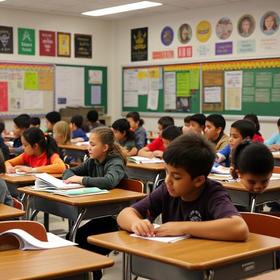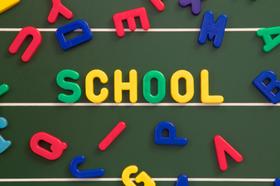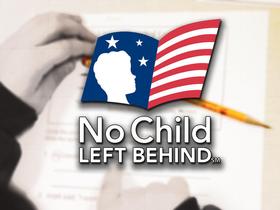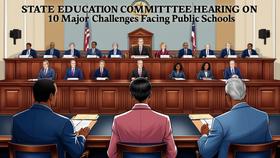How to Successfully Prepare for a Foreign Exchange Experience
As the world becomes increasingly interconnected, a rising number of public schools are creating innovative foreign exchange programs.
Typically, allowing an exchange student to live abroad with a host family, many public schools offer general credit and scholarships for students interested in pursuing a global learning opportunity.
Canva generated this picture of students on a foreign exchange program in Amsterdam.

Public Schools and Foreign Exchange
Although each school, district, and county may offer diverging foreign exchange opportunities, students of nearly any public school affiliation can typically find ways to jet off for a chance to learn in another country.
For example, Chesapeake Public Schools (CPS), located in Virginia, is one of the many public school systems providing students with incredible exploratory venues.
- As their foreign exchange philosophy states, “Chesapeake Public Schools recognizes that as the nations of the world become more interdependent, it becomes increasingly important that high school students develop a sense of global citizenship.”
- To enhance this learning process, CPS encourages students to engage in travel and exchange opportunities to build greater relationships while simultaneously adding depth to students’ overall development.
- In addition, while CPS focuses on high school exchange options, a rising number of public schools across the country are now creating more opportunities for elementary and middle school students as well.
This video explains how to become a foreign exchange student.






















